
Ink and Ivory: Indian Drawings and Photographs Selected with James Ivory
The Met joins film director James Ivory to stage an exhibition composed of superlative drawings from the courts and centers of India and Pakistan (with a few related Persian works) dating from the late 16th to the 20th century.

Against Time: The Noguchi Museum 40th Anniversary Reinstallation
Coinciding with The Noguchi Museum’s 40th anniversary in 2025, works from the Museum’s original second floor installation will return to those galleries for the first time since 2009. Against Time is curated by Matthew Kirsch, Noguchi Museum Curator and Director of Research.

Yang Fudong: Seven Intellectuals in a Bamboo Forest
Asia Society Museum is showing Yang Fudong’s Seven Intellectuals in a Bamboo Forest, in its entirety as a prelude to the upcoming exhibition, (Re)Generations: Rina Banerjee, Byron Kim, and Howardena Pindell amid the Mr. and Mrs. John D. Rockefeller Collection, opening in March. The work follows seven young men and women on journeys in search of their identities and ideal lives, reflecting the many urban, ideological, and economic transformations across China today.

Imperial Treasures: Chinese Ceramics of the Yuan and Ming Dynasties from the Mr. and Mrs. John D. Rockefeller 3rd Collection
Known for exquisite porcelain production and expansive trade, the Ming dynasty (1368–1644) represents a period of Chinese imperial rule between the fall of the Mongol Yuan dynasty (1271–1368) and the rise of the Manchu Qing dynasty (1644–1911).

Recasting the Past: The Art of Chinese Bronzes, 1100–1900
Chinese bronzes made from the 12th to the 19th century are an important but often overlooked category of Chinese art. In ancient China, bronze vessels were emblems of ritual and power. A millennium later, in the period from 1100 to 1900, such vessels were rediscovered as embodiments of a long-lost golden age that was worthy of study and emulation.

(Re)Generations: Rina Banerjee, Byron Kim, and Howardena Pindell amid the Mr. and Mrs. John D. Rockefeller 3rd Collection
This exhibition reintroduces key works in Asia Society Museum's Mr. and Mrs. John D. Rockefeller 3rd Collection of pre-modern Asian art through the lenses of three leading contemporary artists: Rina Banerjee, Byron Kim, and Howardena Pindell.
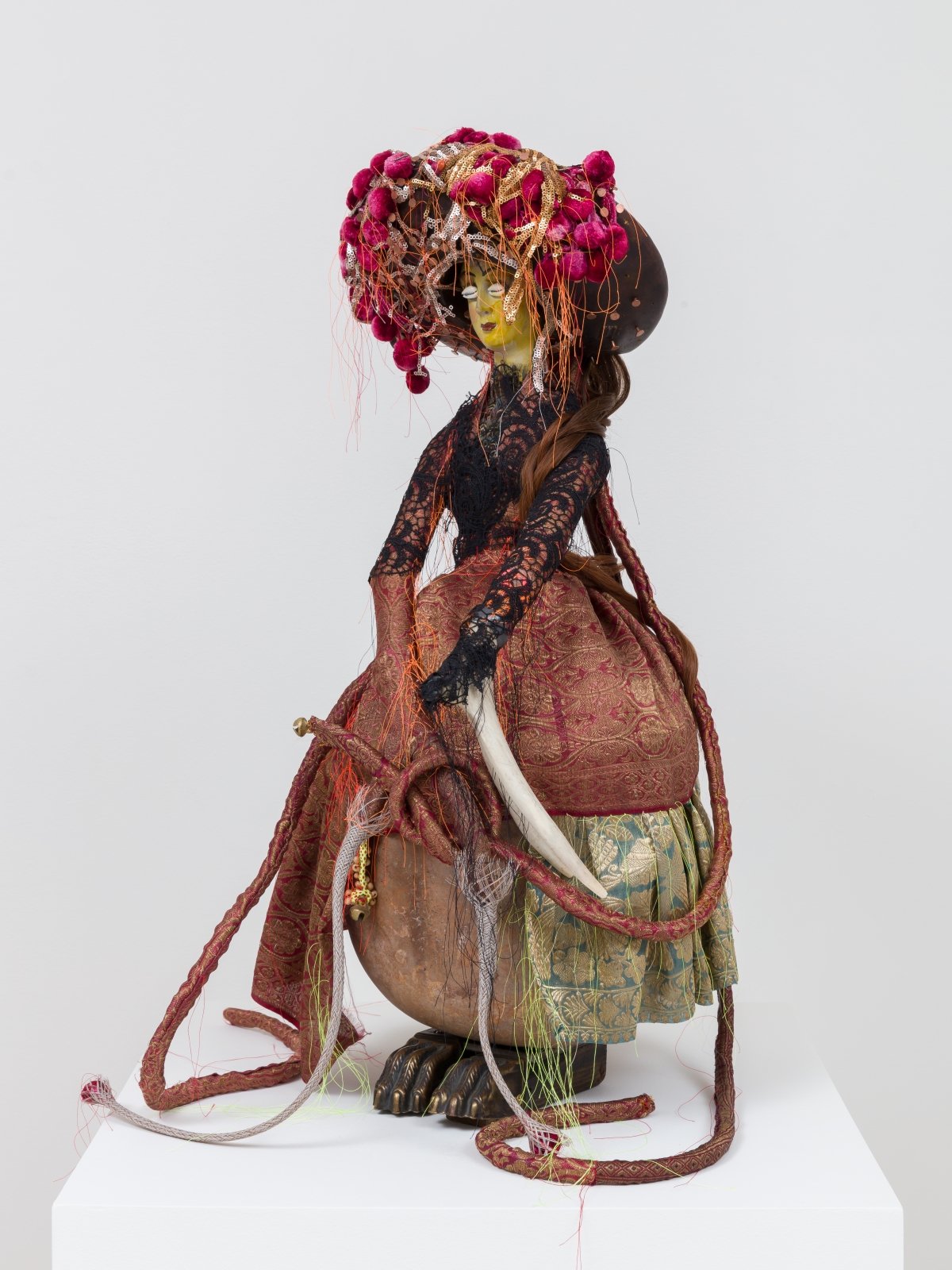
Re)Generations: Rina Banerjee, Byron Kim, and Howardena Pindell amid the John D. Rockefeller 3rd Collection
This exhibition reintroduces key works in Asia Society Museum's Mr. and Mrs. John D. Rockefeller 3rd Collection of pre-modern Asian art through the lenses of three leading contemporary artists: Rina Banerjee, Byron Kim, and Howardena Pindell. Each artist has selected a number of works in the collection within which to situate their own new and existing works, approaching historic objects in the collection through their practices and from multiple cultures, heritages, and positions.

Eternal Offerings: Chinese Ritual Bronzes from the Minneapolis Institute of Art
Eternal Offerings: Chinese Ritual Bronzes from the Minneapolis Institute of Art will be on view from March 6 through July 13, 2025 at China Institute Gallery at 100 Washington Street. The exhibition will showcase one of the world’s greatest collections of ancient Chinese bronzes outside of China from a crucial period in the history of human civilization.
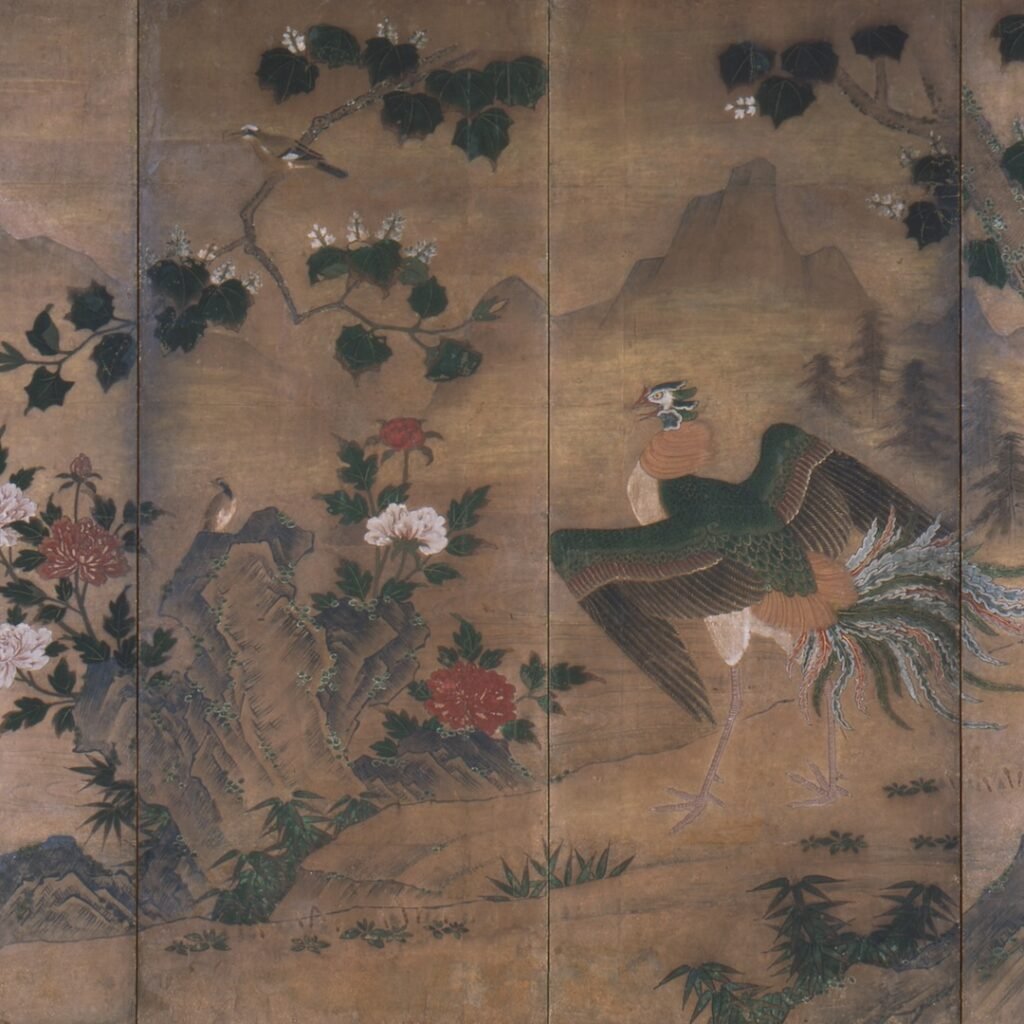
Kotobuki: Auspicious Celebrations of Japanese Art from New York Private Collections
Explore the auspicious theme of kotobuki, or “celebration,” through an inspired selection of paintings, calligraphy, surimono, textiles, ceramics, and baskets dating from the 12th-21st centuries.

Asia Week New York 2025
Asia Week New York is an annual ten-day celebration of Asian art throughout metropolitan New York, with non-stop exhibitions, auctions and special events presented by leading international Asian art specialists, major auction houses, and world-renowned museums and cultural institutions.
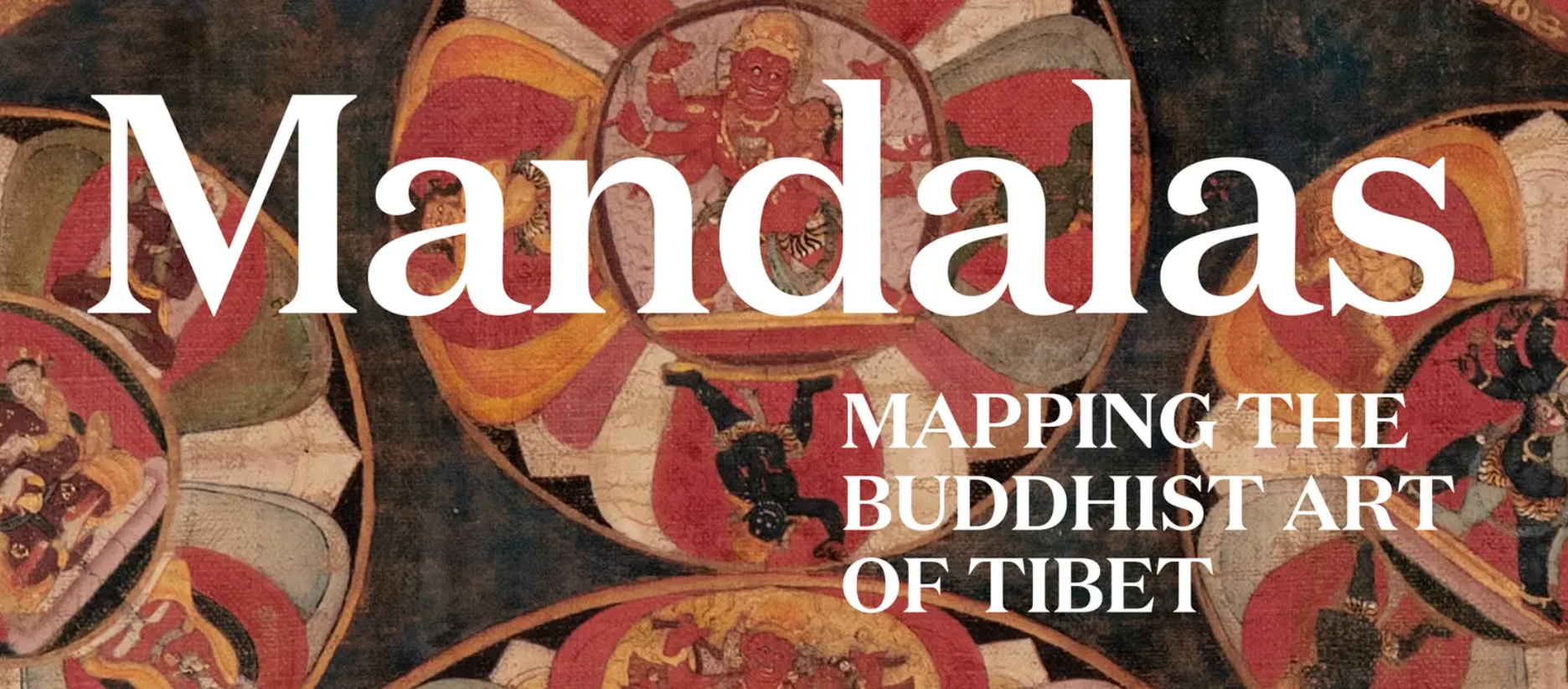
Mandalas: Mapping the Buddhist Art of Tibet
A mandala is a diagram of the universe—a map of true reality that in Tibet is used to conceptualize a rapid path to enlightenment.

Gold from Dragon City: Masterpieces of Three Yan from Liaoning, 337–436
Treasures from nearly 70 years of archeological excavations in China will be revealed in a landmark exhibition at China Institute Gallery this fall.

Chinese Painting and Calligraphy: Selections from the Collection
Spanning a millennium and a half of cultural production and a variety of genres, techniques, and styles, The Met collection has become a key resource for the study of Chinese painting and calligraphy.

Toshiko Takaezu: Worlds Within
On the centennial anniversary of the birth of artist Toshiko Takaezu (1922–2011), The Isamu Noguchi Foundation and Garden Museum announced its forthcoming major touring retrospective and monograph centered on her work and life.

REIMAGINE: HIMALAYAN ART NOW
Contemplate and celebrate what Himalayan art means now with a Museum-wide exhibition of artworks by over 30 contemporary artists, many from the Himalayan region and diaspora and others inspired by Himalayan art and cultures.
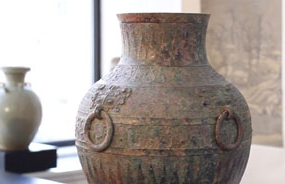
Asia Week New York 2024
Asia Week New York is an annual ten-day celebration of Asian art throughout metropolitan New York, with non-stop exhibitions, auctions and special events presented by leading international Asian art specialists, major auction houses, and world-renowned museums and cultural institutions.

None Whatsoever: Zen Paintings from the Gitter-Yelen Collection
Often playful, sometimes comical, and always profound, Zen paintings represent one of the world’s most fascinating religious and artistic traditions.

Shan Shui Reboot: Re-Envisioning Landscape for a Changing World
NEW YORK—China Institute Gallery will present a special spring exhibition, Shan Shui Reboot: Re-Envisioning Landscape for a Changing World, on view from March 7 through July 7, 2024.

Indian Skies: The Howard Hodgkin Collection of Indian Court Painting
Over the course of sixty years, British artist Howard Hodgkin (British, London 1932–2017 London) formed a collection of Indian paintings and drawings that is recognized as one of the finest of its kind.

Lineages: Korean Art at The Met
In celebration of the twenty-fifth anniversary of The Met’s Arts of Korea gallery, Lineages: Korean Art at The Met showcases highlights of the Museum’s collection paired with important international loans of Korean modern and contemporary art.

Out of Bounds: Japanese Women Artists in Fluxus
This exhibition will be the first to fully explore the essential role of Japanese women in Fluxus, a movement instigated in the 1960s that helped contemporary artists define new modes of artistic expression.

Meiji Modern: Fifty Years of New Japan
Asia Society is proud to present Meiji Modern: Fifty Years of New Japan. This exhibition reevaluates a seminal era of turmoil, creativity, and transformation in Japan spanning the mid-nineteenth to early-twentieth centuries.

Only the Young: Experimental Art in Korea, 1960s–1970s
Only the Young: Experimental Art in Korea, 1960s–1970s examines the groundbreaking and genre-defying body of artistic production from an era of remarkable transformation in South Korea.

Tree & Serpent: Early Buddhist Art in India, 200 BCE–400 CE
This is the story of the origins of Buddhist art. The religious landscape of ancient India was transformed by the teachings of the Buddha, which in turn inspired art devoted to expressing his message. Sublime imagery adorned the most ancient monumental religious structures in ancient India, known as stupas. The stupa not only housed the relics of the Buddha but also honored him through symbolic representations and visual storytelling. Original relics and reliquaries are at the heart of this exhibition, which culminates with the Buddha image itself.

Buddha, Sage of the Shakya Clan: Masterworks from the Mr. and Mrs. John D. Rockefeller 3rd Collection
While the actual life events of Shakyamuni Buddha are not well documented, there are several legendary stories that contain significant moments of his life. In this exhibition, we focus on the “Eight Great Events.” This story of the Buddha’s life is depicted in scenes having origins from early Indian Buddhism, which became codified in a visual language by around 100 AD.

TEFAF New York
As the world’s most prestigious and vibrant art market, New York City provides the ideal setting for a TEFAF fair outside of Maastricht. We are proud to present the eighth edition of TEFAF New York at the Park Avenue Armory May 12–16, 2023. The historic Park Avenue Armory is a prime Manhattan location and setting for the world’s leading art dealers to showcase their work. TEFAF New York will also include a concurrent edition of TEFAF Online with a selection of the masterpieces on display at the Armory, alongside Programming, Stories and other content from the TEFAF community.

Anxiety and Hope in Japanese Art
Drawn largely from The Met’s renowned collection of Japanese art, this exhibition explores the twin themes of anxiety and hope, with a focus on the human stories in and around art and art making.

Flowers on a River: The Art of Chinese Flower-and-Bird Painting, 1368-1911
The largest survey of its kind outside of China and the first in the U.S., Flowers on a River: The Art of Chinese Flower-and-Bird Painting, 1368-1911, Masterworks from Tianjin Museum and Changzhou Museum will showcase masterpieces of Chinese painting across five centuries. The exhibition will be on view through June 25, 2023. The exhibition marks the first showing of masterpieces traveling from China to the U.S. since the onset of the pandemic.
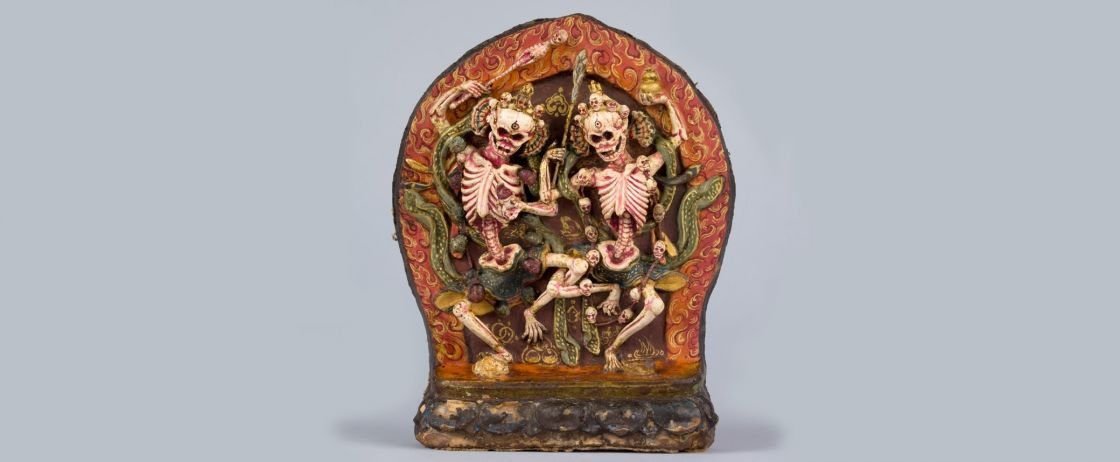
Death Is Not the End
Death Is Not the End is a cross-cultural exhibition that explores notions of death and afterlife through the art of Tibetan Buddhism and Christianity. During a time of great global turmoil, loss, and uncertainty, the exhibition invites contemplation of the universal human condition of impermanence and the desire to continue to exist.

Asia Week New York 2023
Asia Week New York is an annual ten-day celebration of Asian art throughout metropolitan New York, with non-stop exhibitions, auctions and special events presented by leading international Asian art specialists, major auction houses, and world-renowned museums and cultural institutions.
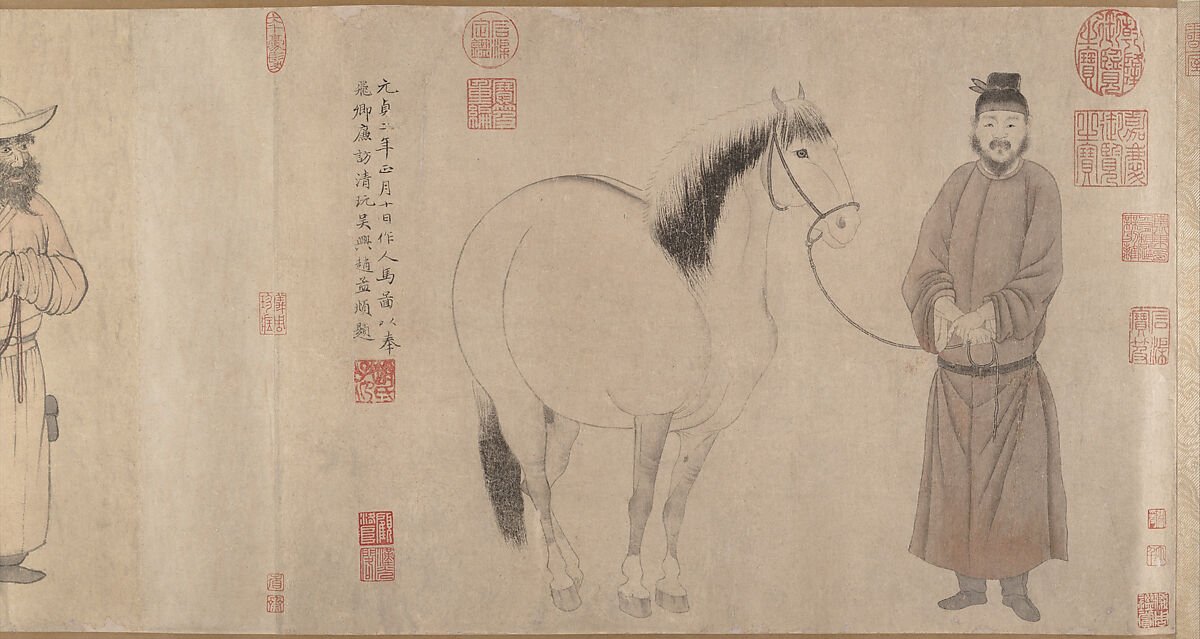
Learning to Paint in Premodern China
This exhibition will consider the underexplored question of how painters learned their craft in premodern China. Some painters learned at home, from fathers, mothers, or other relatives among whom painting was a shared language of familial communication.

Comparative Hell: Arts of Asian Underworlds
The first comprehensive exhibition in the United States to explore portrayals of hell across the Asian religious traditions of Buddhism, Hinduism, Jainism, and Islam, Comparative Hell: Arts of Asian Underworlds, examines how systems of belief and the underworlds within them are manifest in the rich artistic creations of Asia.

C. C. Wang: Lines of Abstraction
Born to a family of scholar-officials at the twilight of the Qing dynasty, C. C. Wang (Wang Chi-ch’ien 王己千, 1907–2003) mastered the traditional ink and brush techniques in Republican Shanghai and immigrated to New York City in 1949. There he sought to preserve the tradition of classical Chinese painting through engagement with new ideas, materials, and forms. Drawing inspiration from past masters in the history of Chinese painting, as well as New York’s artistic climate in the wake of World War II, Wang advanced breakthrough transformations in ink painting.

Celebrating the Year of the Rabbit
This exhibition presents sixteen remarkable Chinese works illustrating how rabbits have been a prominent artistic subject since ancient times. Their earliest depictions are featured on jade pendants and sacred ritual bronze vessels dating from China’s Shang (ca. 1600–1048 BCE) and Western Zhou (ca. 1046–771 BCE) dynasties.

Ganesha: Lord of New Beginnings
The seventh- to twenty-first-century works in this exhibition trace his depiction across the Indian subcontinent, the Himalayas, and Southeast Asia. Featuring 24 works across sculptures, paintings, musical instruments, ritual implements, and photography, the exhibition emphasizes the vitality and exuberance of Ganesha as the bringer of new beginnings.
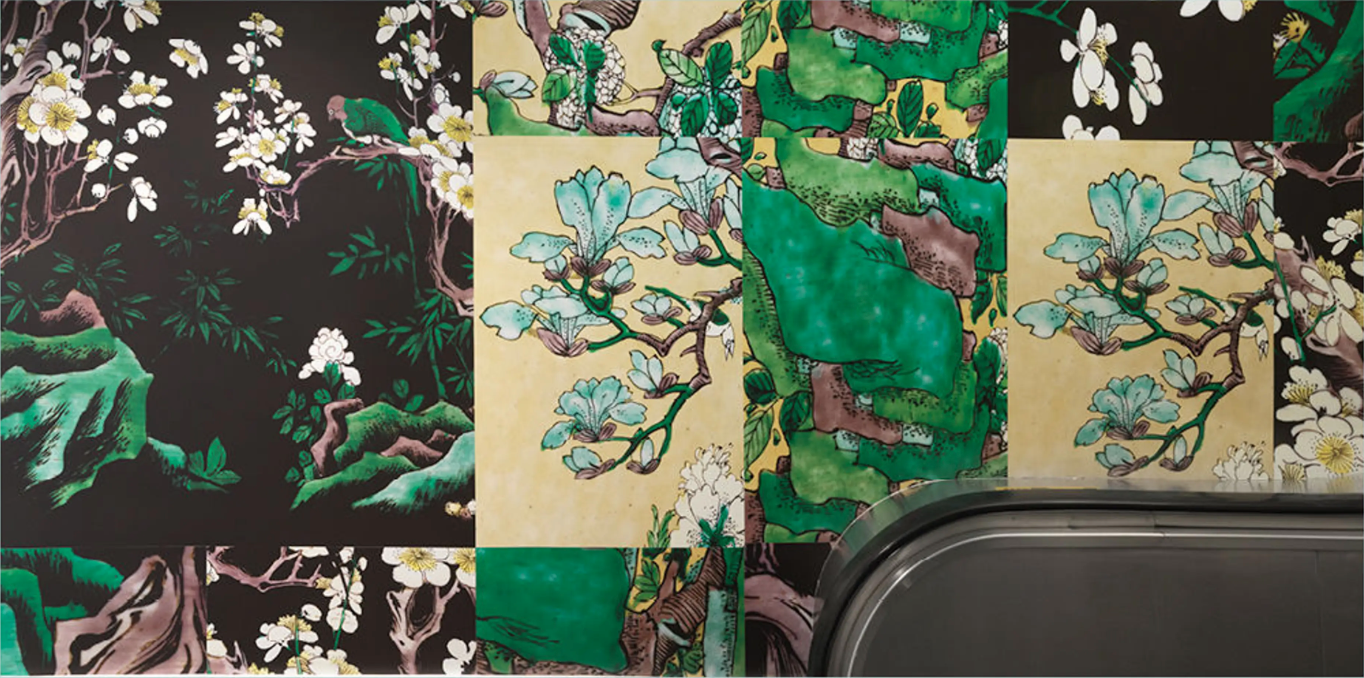
Michael Lin: Pentachrome
Michael Lin’s site-specific installation Pentachrome brings contemporary art to the Museum’s Great Hall Escalator for the first time. Inspired by The Met collection and the building’s architecture, Pentachrome invites visitors to reconsider the Museum’s Great Hall, its Balcony, and the surrounding art from a fresh perspective.

Jegi: Korean Ritual Objects
Rituals and customs help celebrate life’s milestones, remember the past, and mark time. In addition to their significance as social conventions, rituals often reaffirm state, governmental, and religious principles. In Korea, performing ancestral rites (jesa) is an enduring tradition that embodies respect for parents and the commemoration of ancestors, key tenets of Confucianism.

A Passion for Jade: The Bishop Collection
More than a hundred remarkable objects from the Heber Bishop collection, including carvings of jade, the most esteemed stone in China, and many other hardstones, are on view in this focused presentation.

Embracing Color: Enamel in Chinese Decorative Arts, 1300–1900
Enamel decoration is a significant element of Chinese decorative arts that has long been overlooked. This exhibition reveals the aesthetic, technical, and cultural achievement of Chinese enamel wares by demonstrating the transformative role of enamel during the Ming (1368–1644) and Qing (1644–1911) dynasties.
